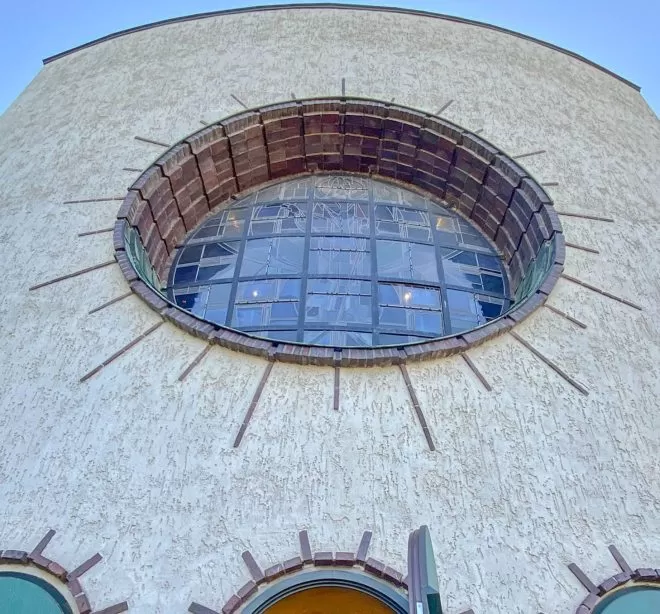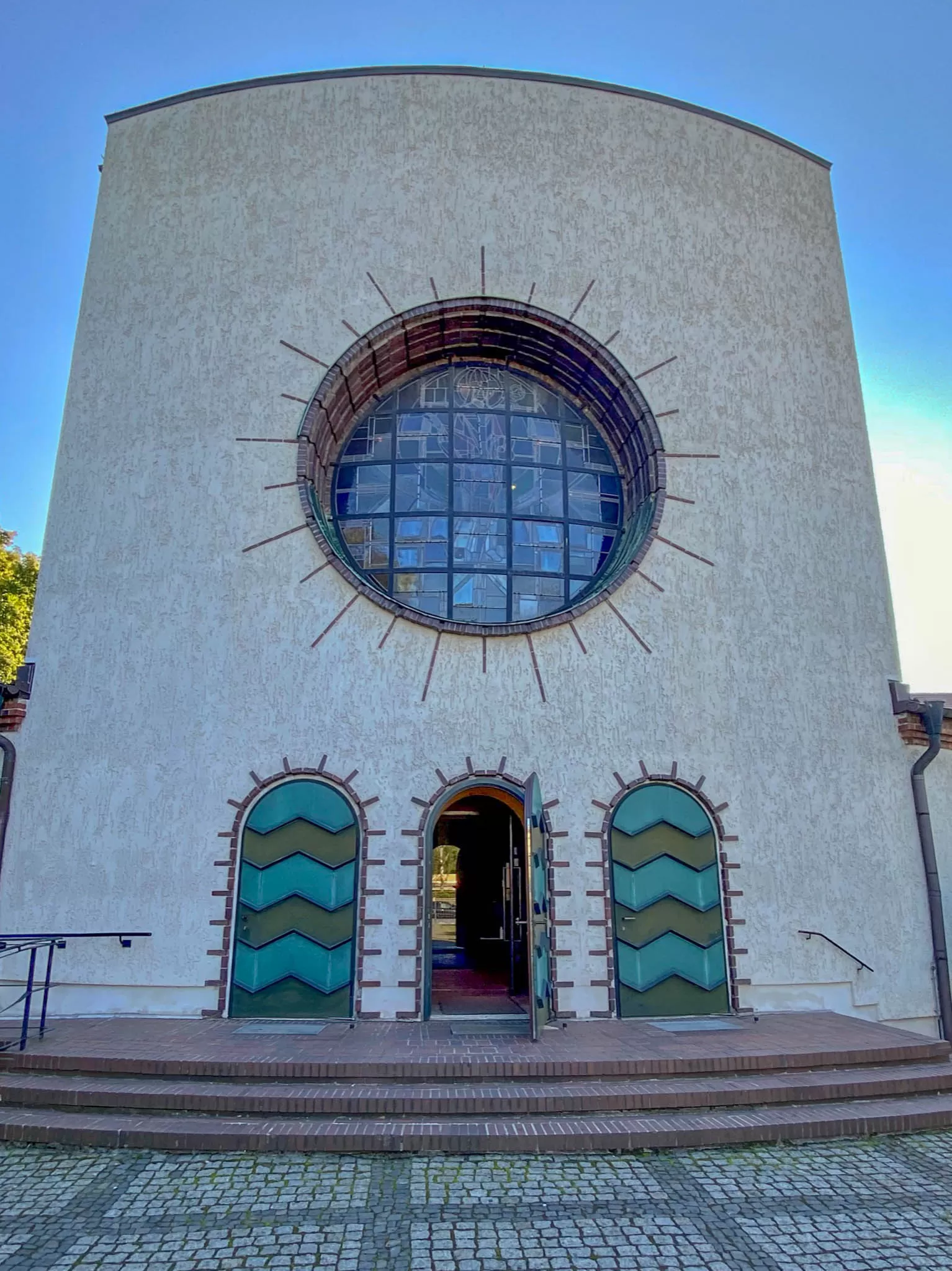
Sankt Bonifatius, 1929-1930. Architect: Theodor Burlage. Photo: Daniela Christmann
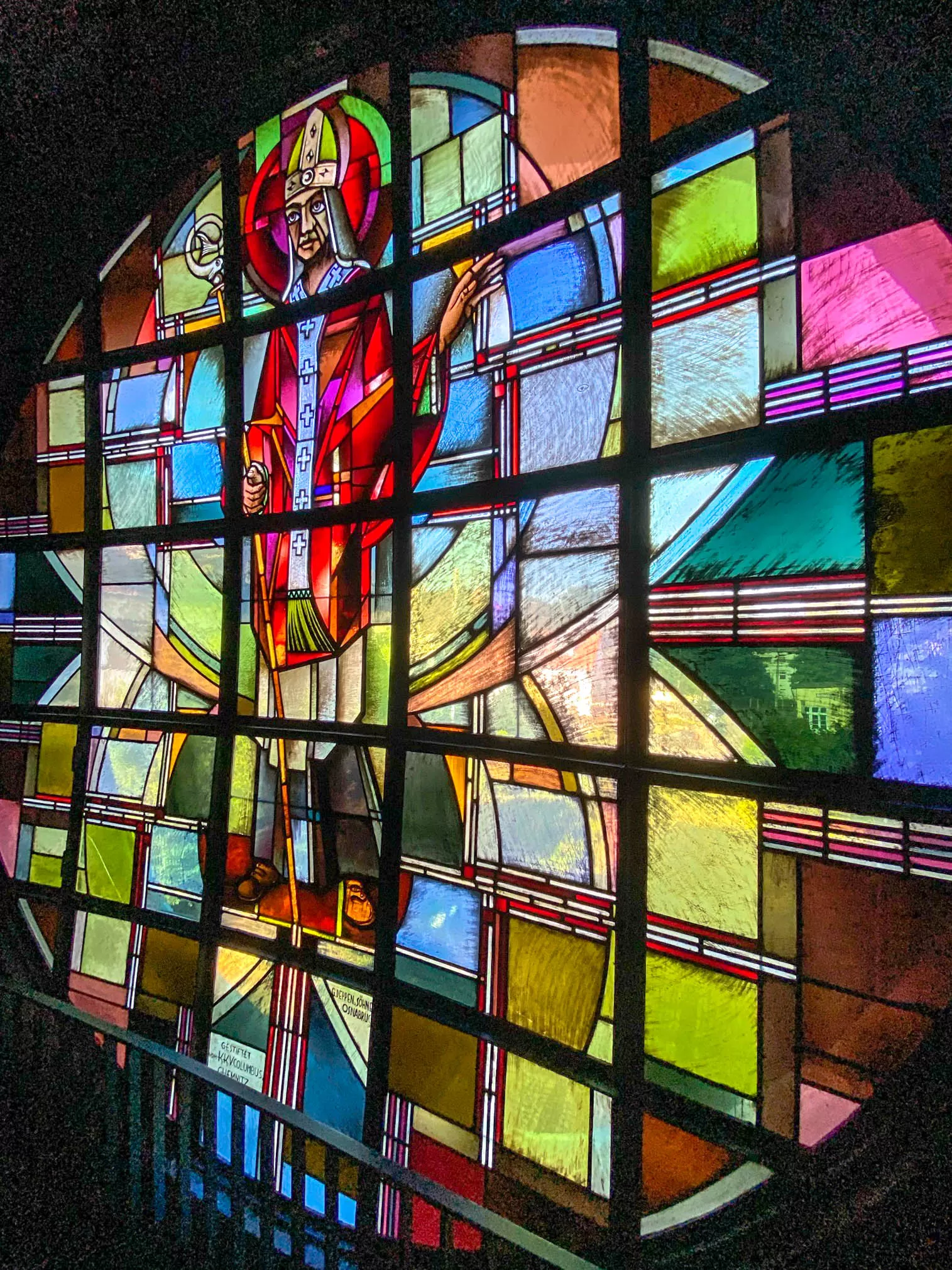
Sankt Bonifatius, 1929-1930. Architect: Theodor Burlage. Photo: Daniela Christmann
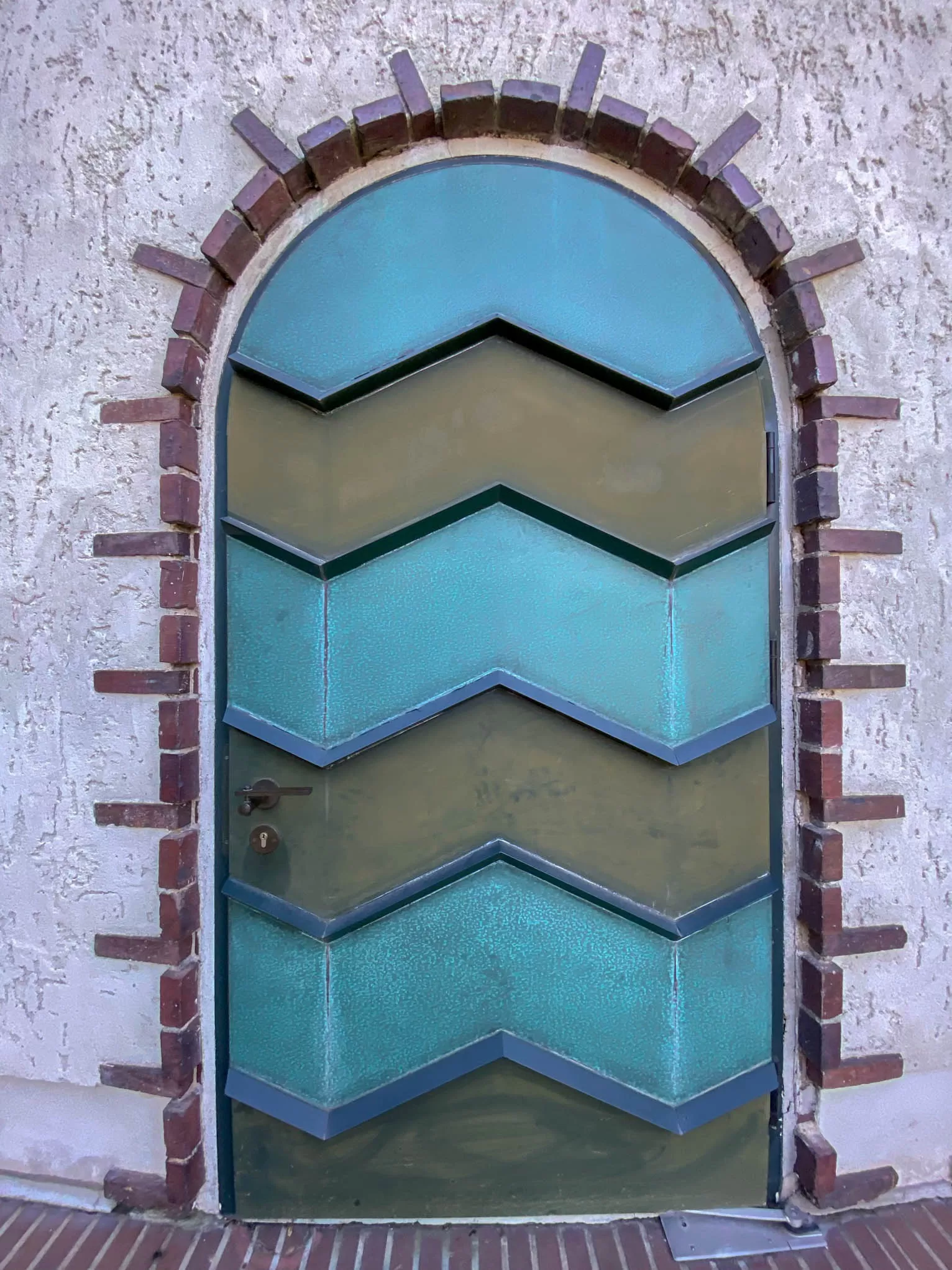
Sankt Bonifatius, 1929-1930. Architect: Theodor Burlage. Photo: Daniela Christmann
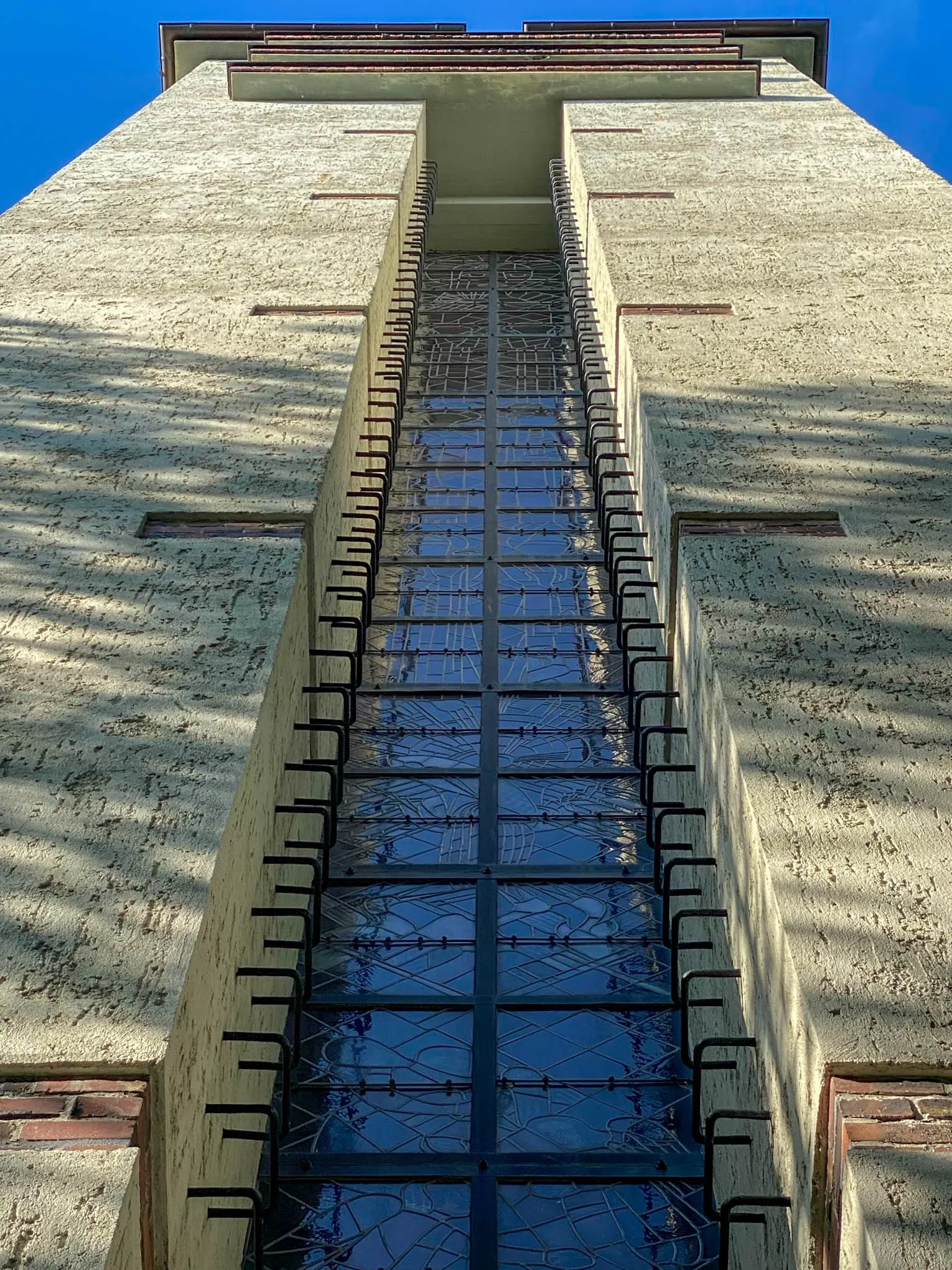
Sankt Bonifatius, 1929-1930. Architect: Theodor Burlage. Photo: Daniela Christmann
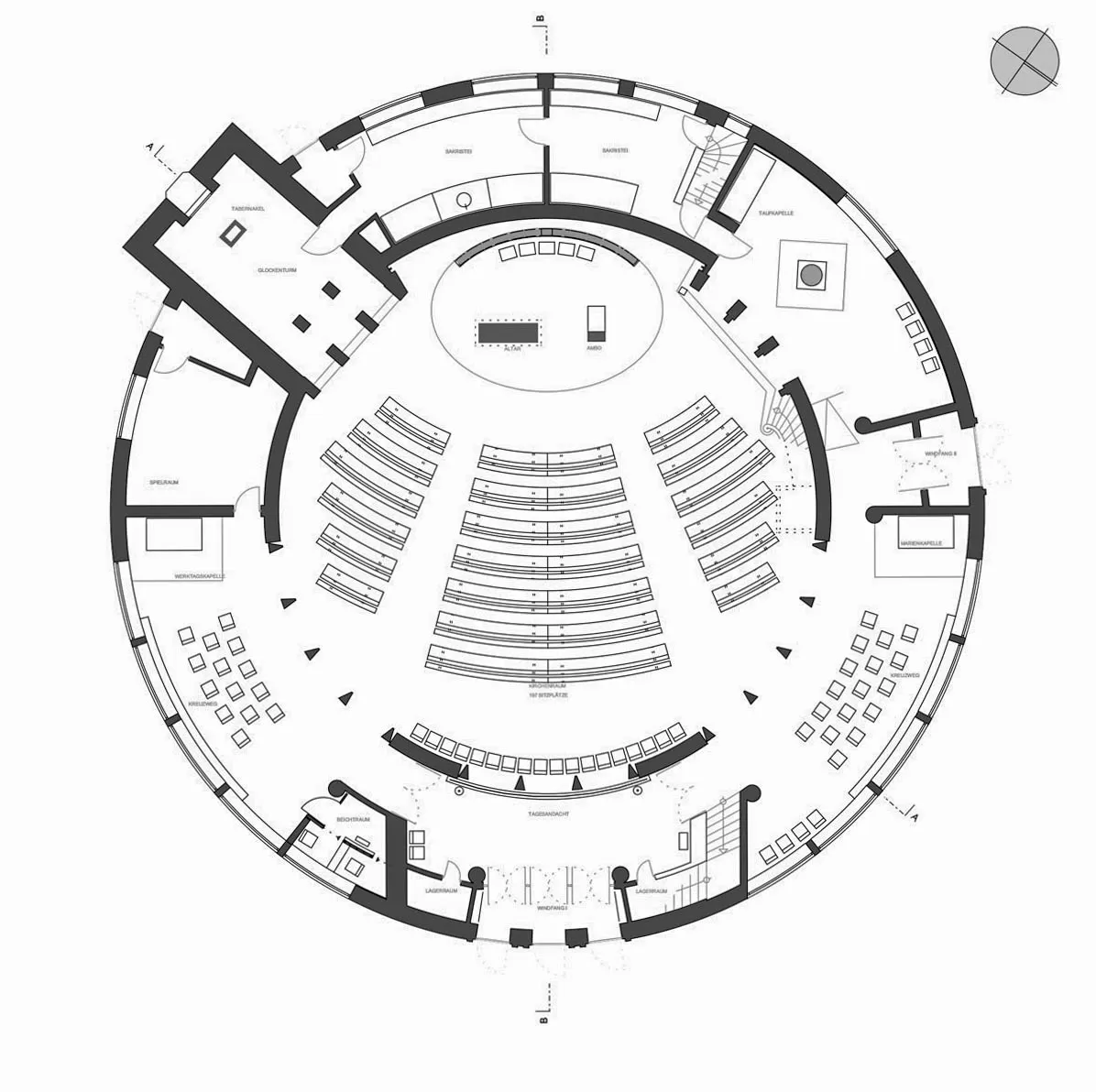
Sankt Bonifatius, 1929-1930. Architect: Theodor Burlage. Ground plan.
1929 – 1930
Architect: Theodor Burlage
Biedermannstraße 86, Leipzig, Germany
The listed Catholic parish church of St. Boniface in Leipzig-Connewitz was built between 1929 and 1930 by the Federation of Catholic Business Associations (KKV) as a memorial church for its members who died in the First World War.
Background
The trade fair and commercial city of Leipzig was chosen as the site. In 1928, the KKV, together with the German Society for Christian Art in Munich, announced a competition in which all Catholic architects in the country could participate.
From the approximately 240 designs sent in, four designs were shortlisted.
Theodor Burlage
Theodor Burlage‘s design, which envisaged a church as a central building with plastered facades and sparing use of red facing bricks, was initially only awarded third place by the jury.
However, after a unanimously decided survey among the delegates of the association, he was finally awarded the contract. On March 3, 1929, the foundation stone was laid, and on January 18, 1930, the consecration could be celebrated.
Church Building
Three round-arched portals and a large window with stylized sunbeams in the east mark the entrance and the main facade of St. Boniface Church.
Its circular floor plan emphasizes the underlying Christocentric idea and establishes the connection between the altar and the congregation space.
The main space of the church is surrounded by a wide one-story gallery, which is interrupted by the entrance structure and the bell tower and accommodates two chapels and the sacristy.
Interior
The interior of the church, vaulted by a flat dome, is entirely oriented towards the altar. A representation of Christ on the cross is located there.
The entrance to the baptistery is marked by the figures of the four evangelists.
On the opposite side, the opening to the tower, which is both the bearer of the bells and a war memorial, is accented by four pillars with twelve larger-than-life figures of saints in terracotta.
Statues
Four saints are depicted in each of three rows, picking up on the theme of sacrifice and serving as role models for the merchants. On the right side, the four evangelists sit on a crossbeam above the passage to the baptistery.
The altar figure and all other statues are works by the artists Alfred Burges and Wolfdietrich Stein.
Above the entrance portal is a round window by the stained glass artist Theo Landmann, which depicts St. Boniface with his hand raised in blessing and a crozier.
Windows
The window in the chancel is also a design by Theo Landmann. It shows the crucified Christ in the colors red, blue and yellow, which are echoed in the blue of the walls, the red of the floor and the gold of the dome.
The tall, narrow window in the tower’s war memorial room was designed by Albert Burges and Wolfdietrich Stein. It shows the mourning of the dead soldier being lifted up by angels and a pelican as a symbol of Christ sacrificing himself for his young. Six saints refer to the Mother of God Mary.
Only the Boniface window survived the Second World War undamaged. All other windows destroyed in the World War were reconstructed in the mid-1990s according to historical models.
Restoration
The original color scheme of the interior was restored in 2005 by the architectural firm of Löffler Weber, Munich.
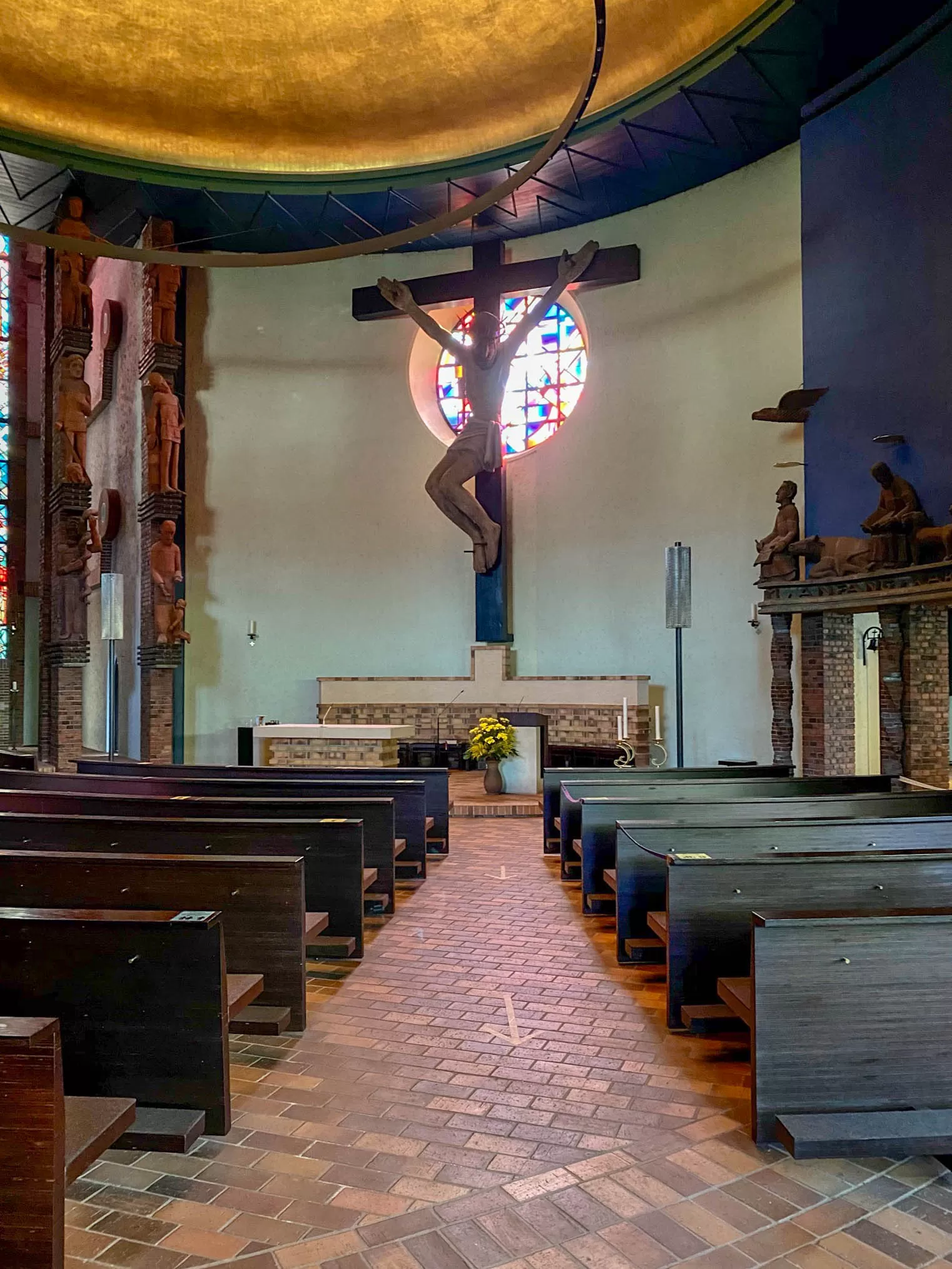
Sankt Bonifatius, 1929-1930. Architect: Theodor Burlage. Photo: Daniela Christmann
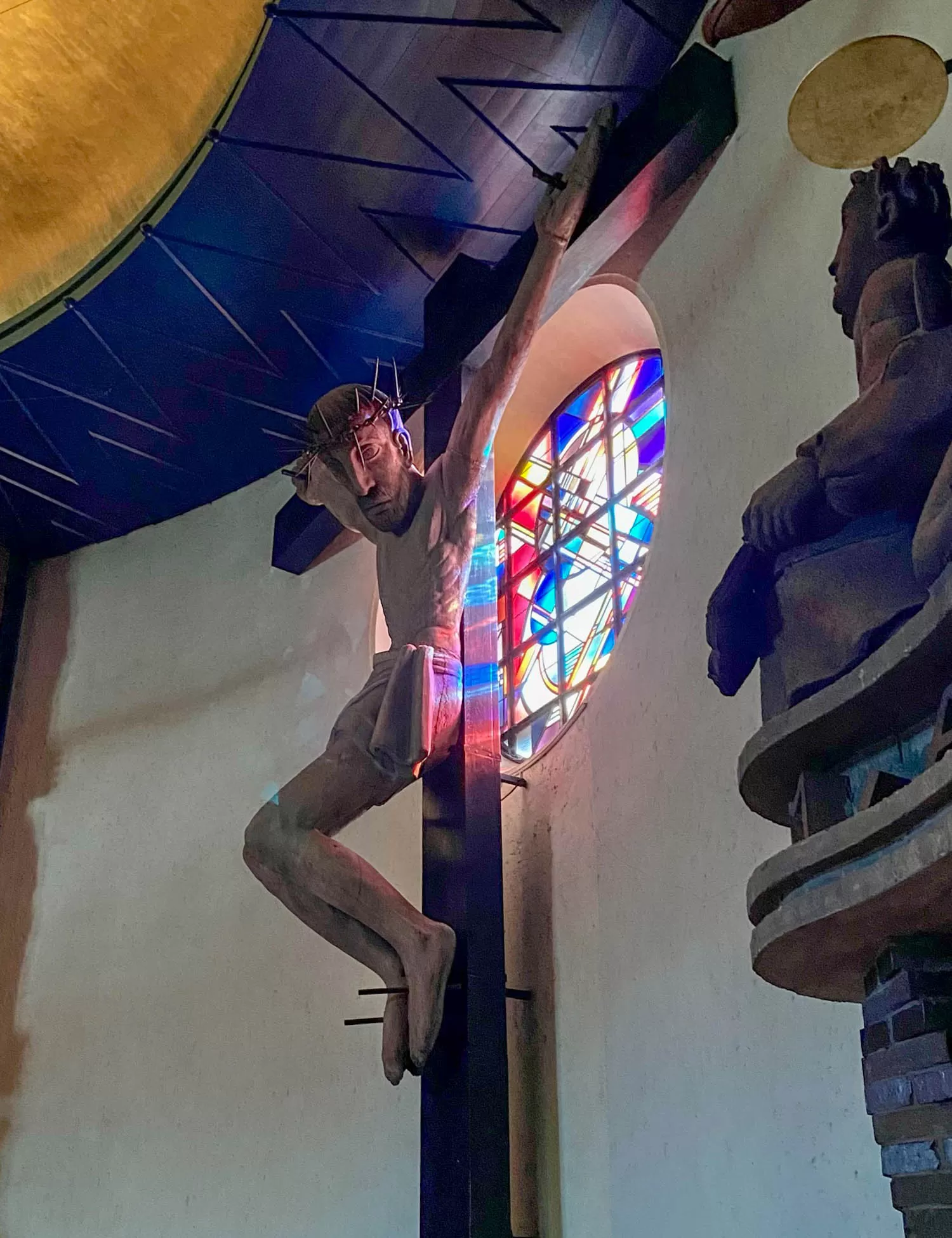
Sankt Bonifatius, 1929-1930. Architect: Theodor Burlage. Photo: Daniela Christmann
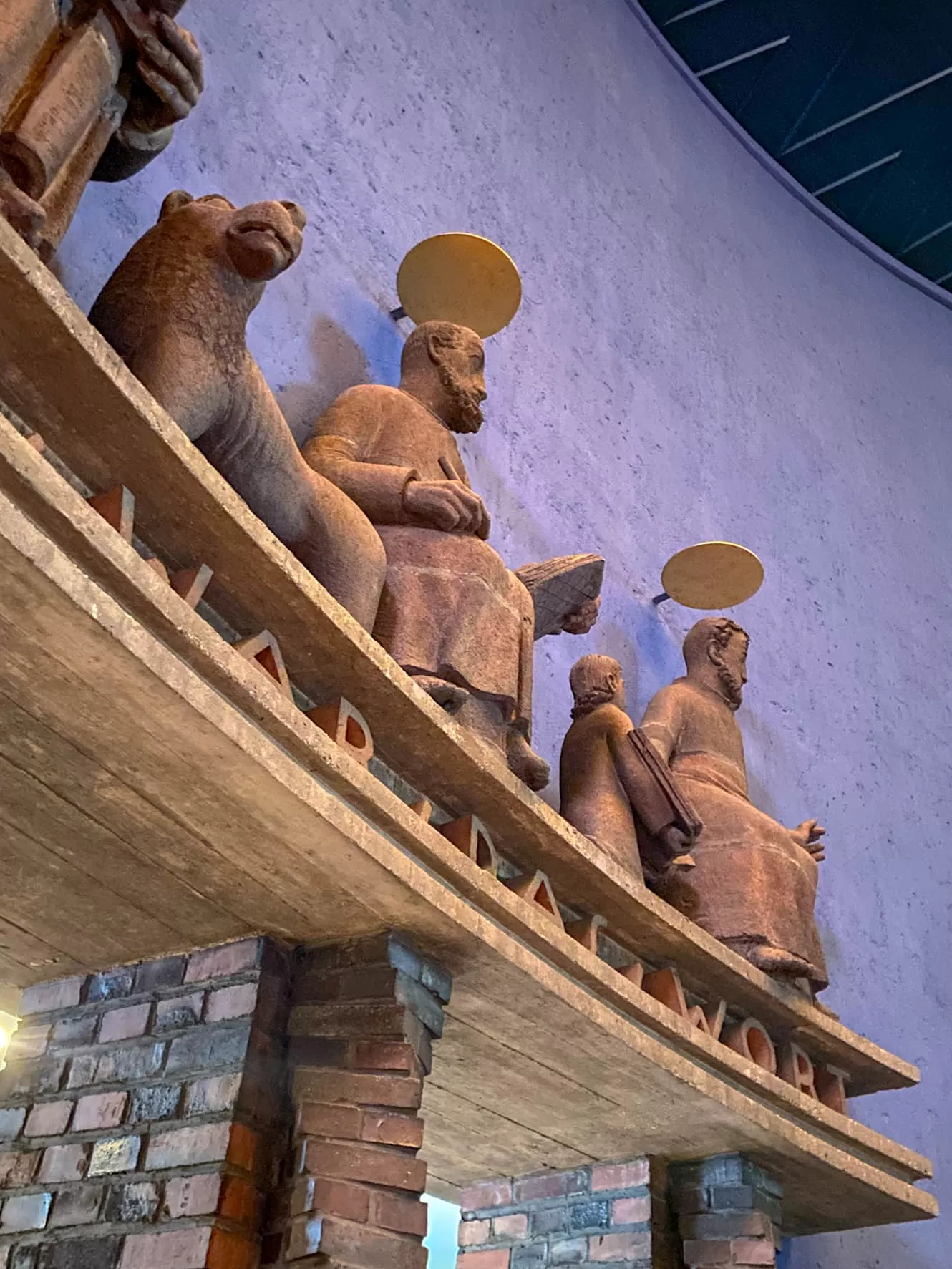
Sankt Bonifatius, 1929-1930. Architect: Theodor Burlage. Photo: Daniela Christmann
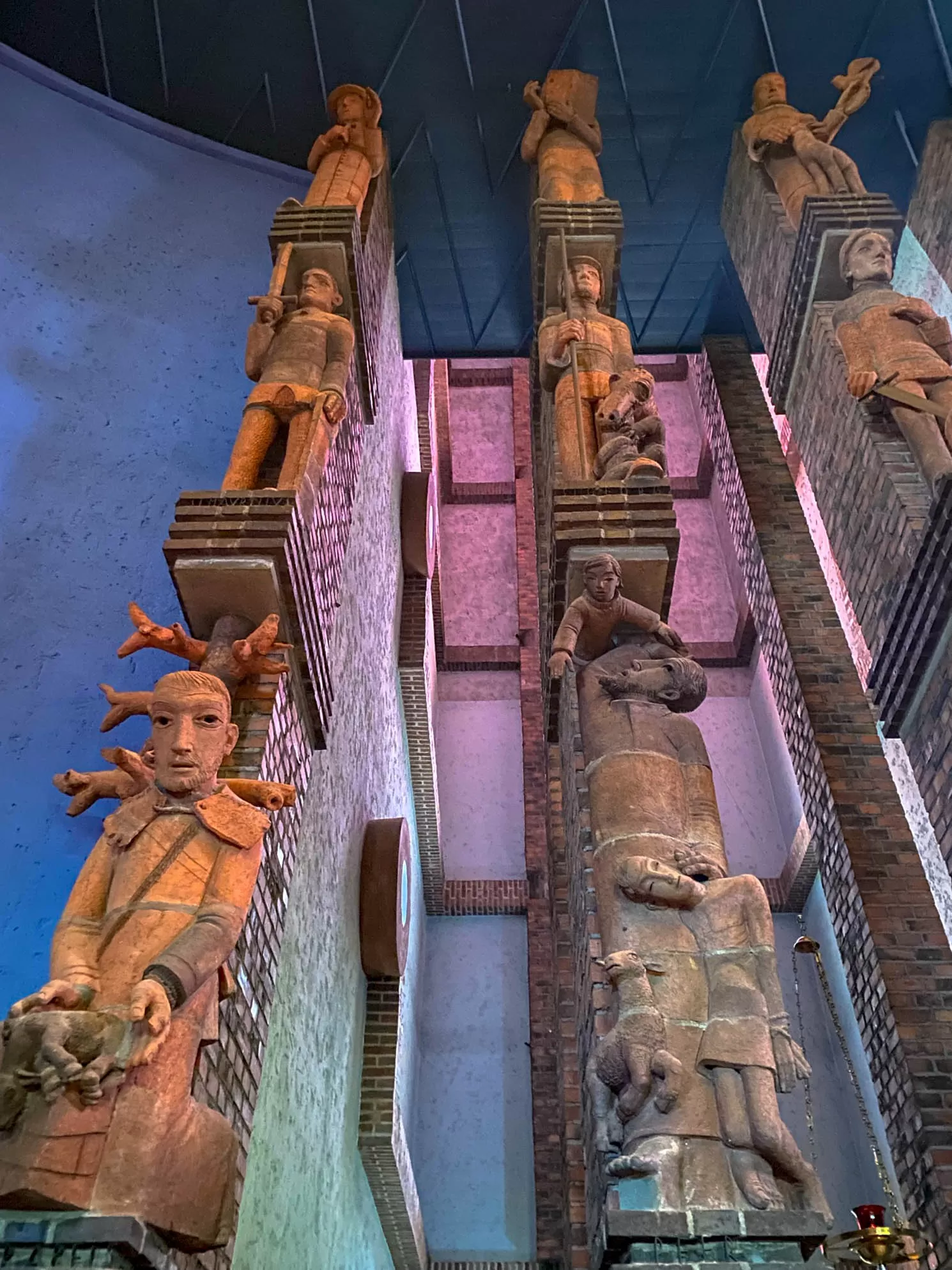
Sankt Bonifatius, 1929-1930. Architect: Theodor Burlage. Photo: Daniela Christmann
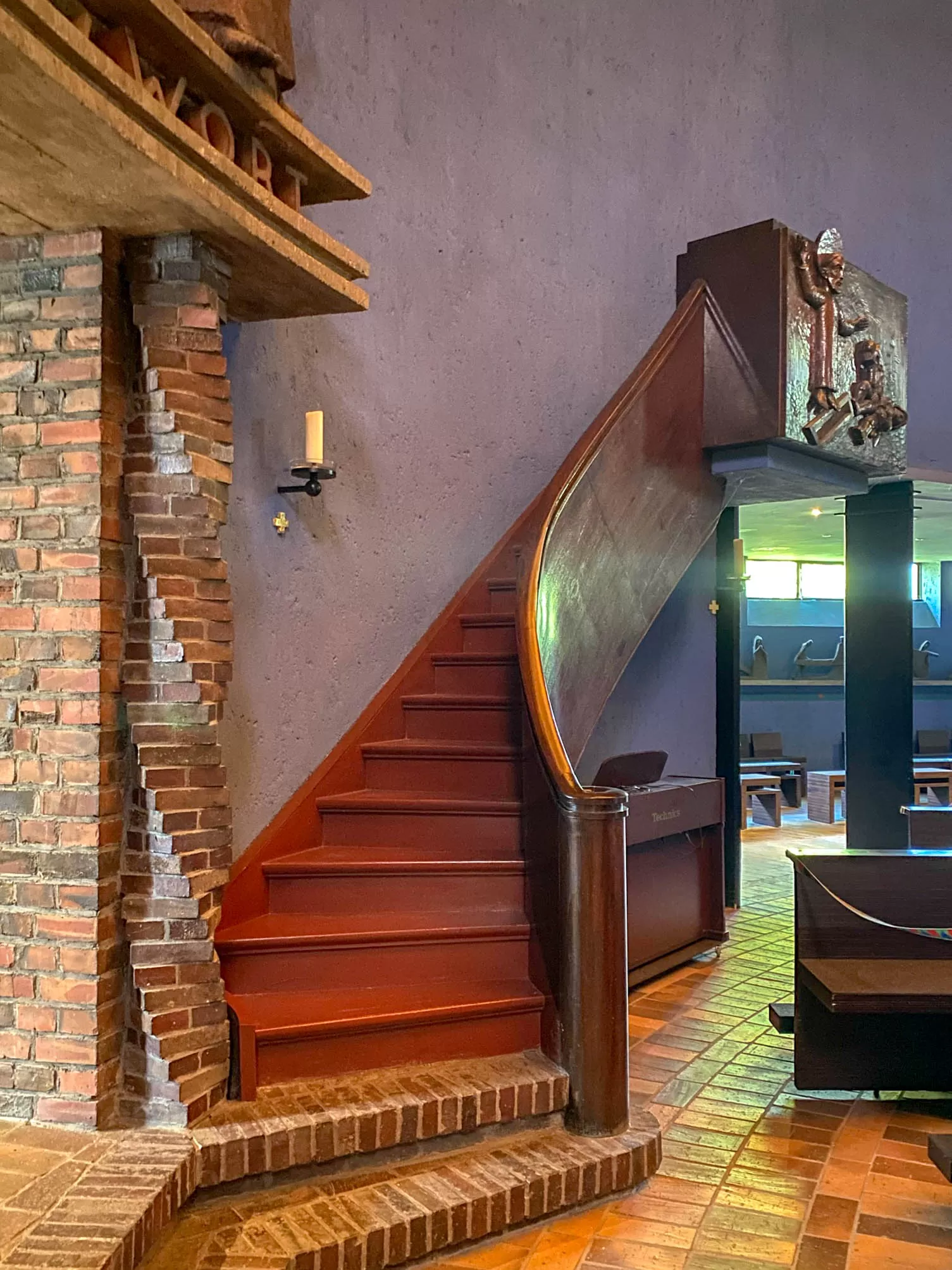
Sankt Bonifatius, 1929-1930. Architect: Theodor Burlage. Photo: Daniela Christmann
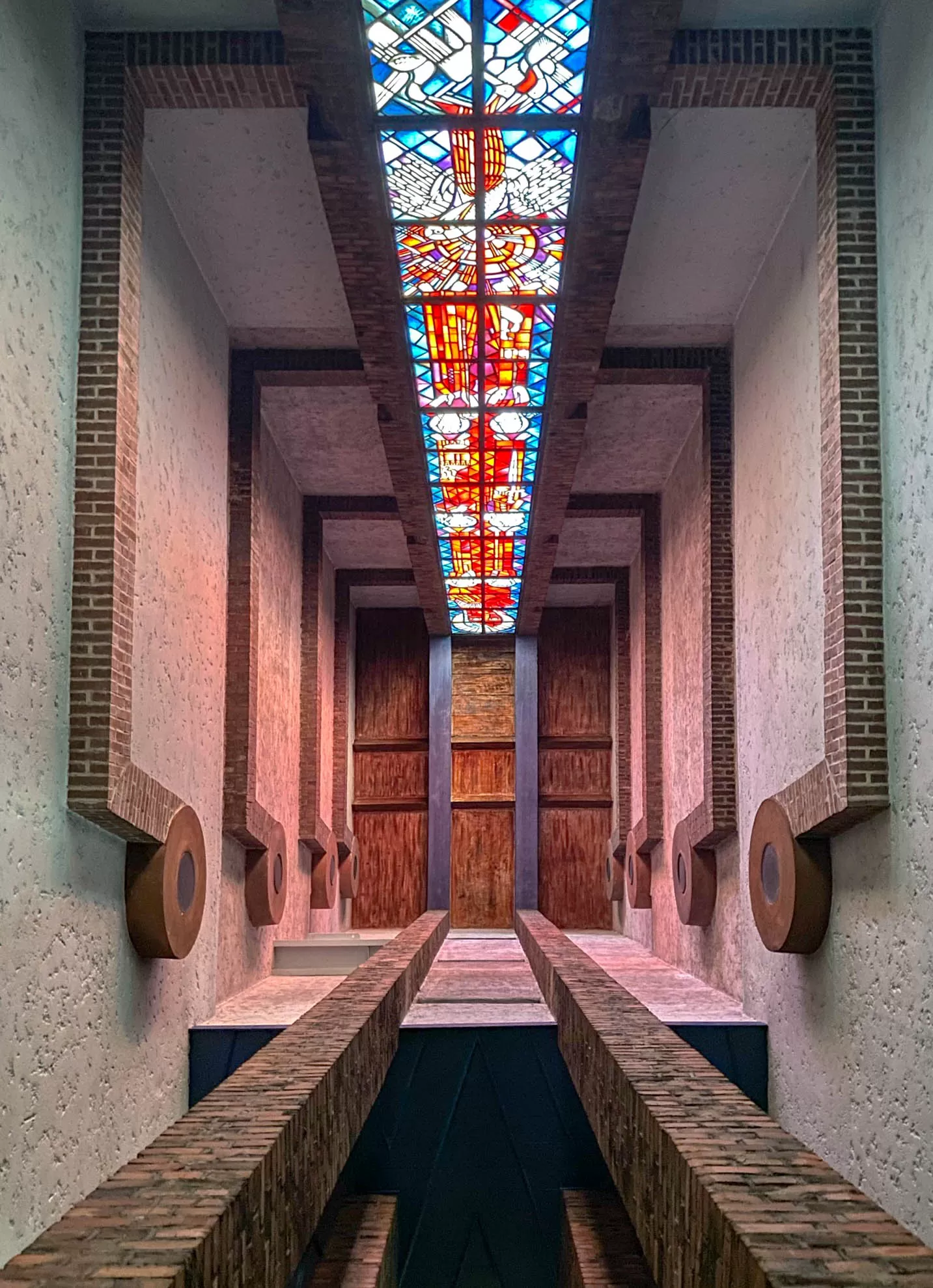
Sankt Bonifatius, 1929-1930. Architect: Theodor Burlage. Photo: Daniela Christmann
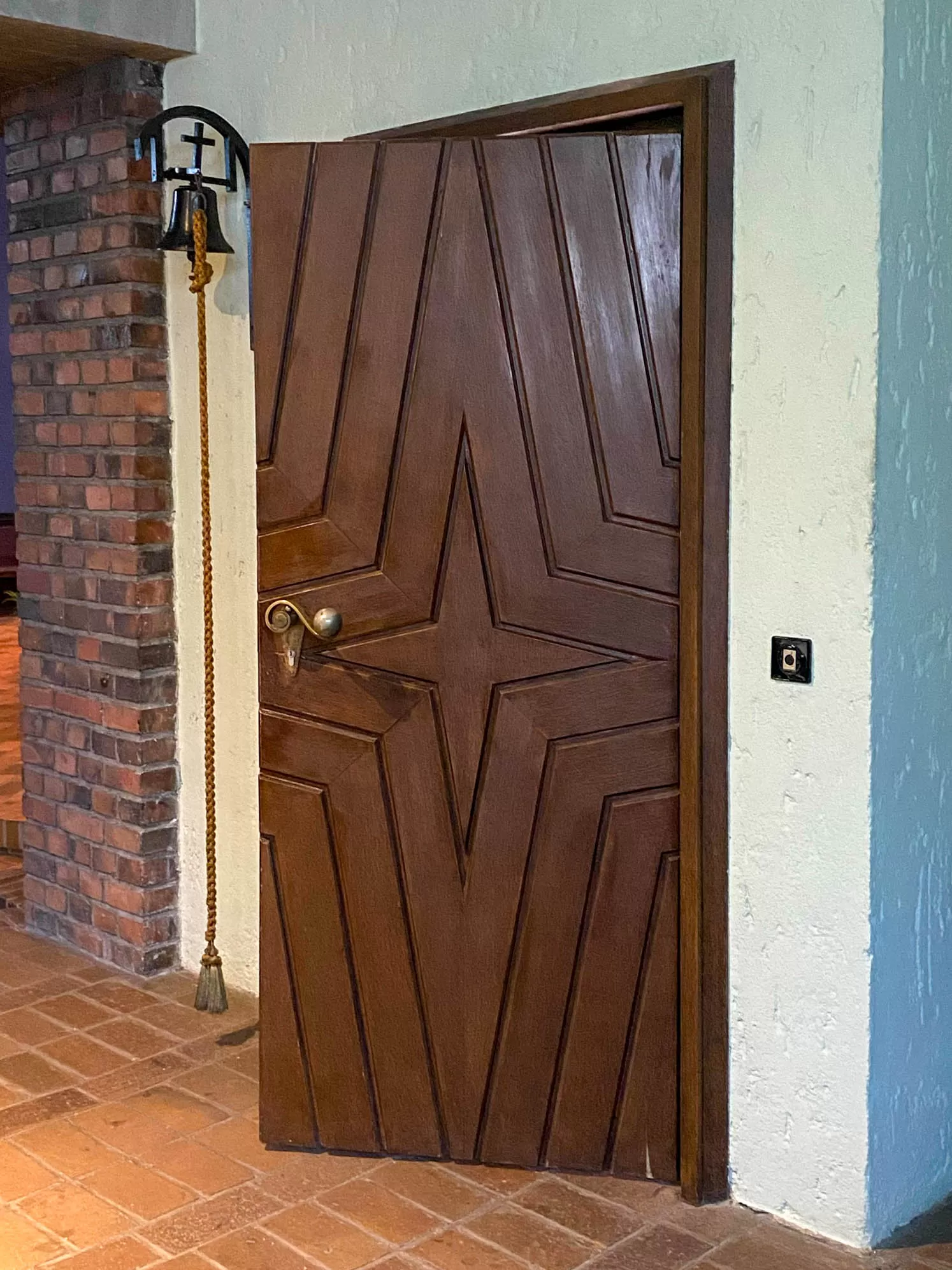
Sankt Bonifatius, 1929-1930. Architect: Theodor Burlage. Photo: Daniela Christmann
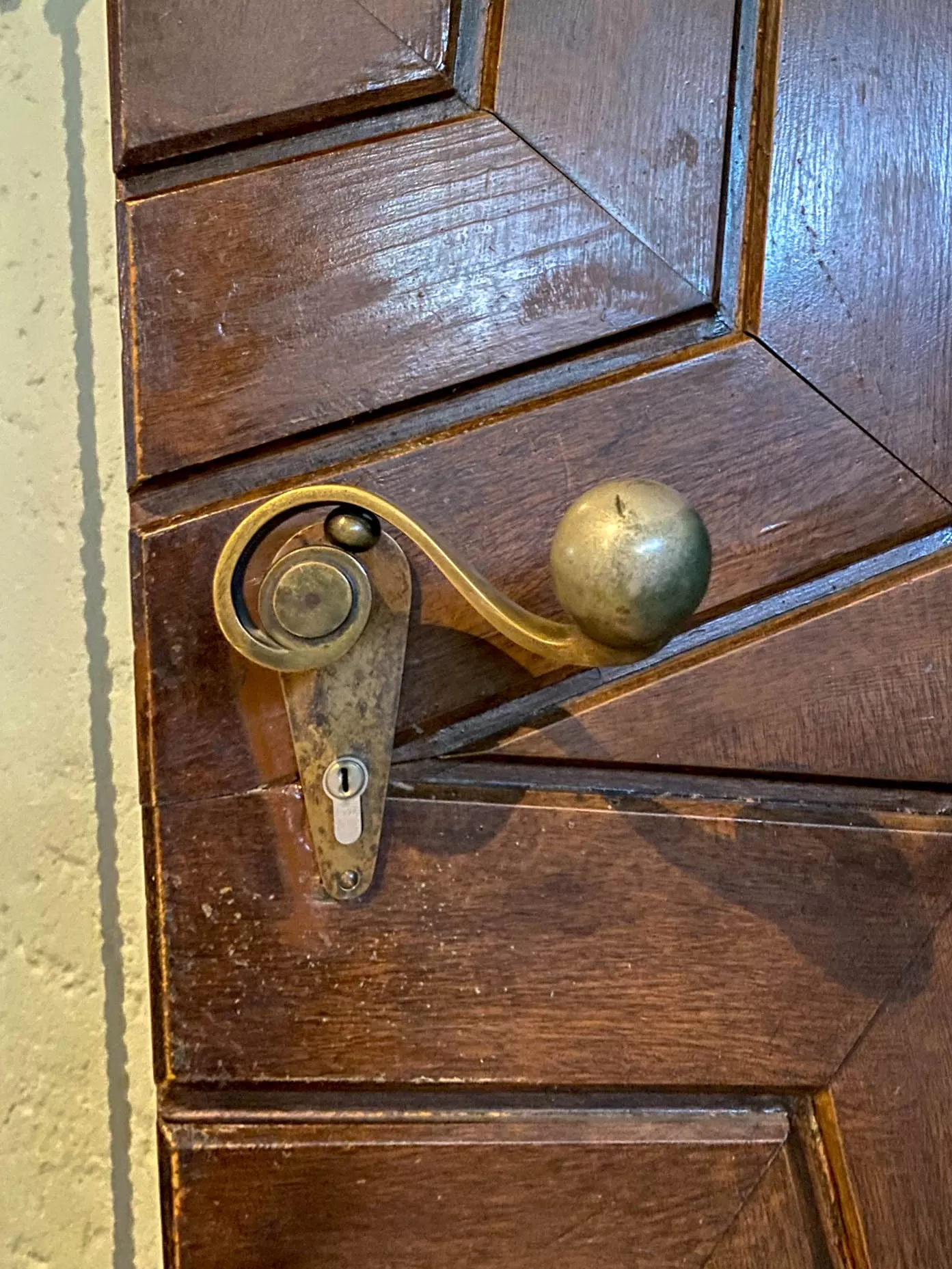
Sankt Bonifatius, 1929-1930. Architect: Theodor Burlage. Photo: Daniela Christmann

